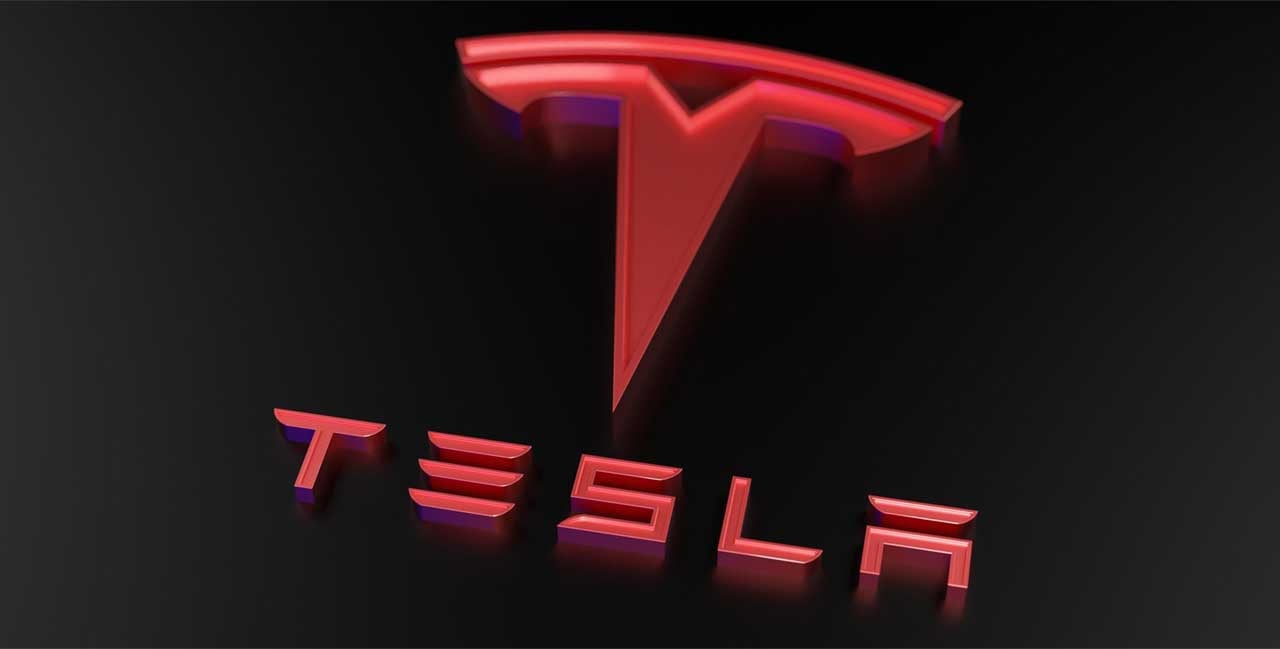Tesla’s ‘Full Self-Driving’ Under Investigation By Federal Agency

Vehicle manufacturer Tesla’s “Full Self-Driving” system has come under the spotlight as the National Highway Traffic Safety Administration (NHTSA) investigates reports of Tesla crashes in low-visibility conditions, including one that killed a pedestrian.
Government Probe Into Tesla’s “Full Self-Driving” System
The probe by the government’s road safety agency launched on Thursday focuses on the capabilities of “Full Self-Driving” rather than just ensuring drivers are paying attention. Tesla has repeatedly indicated that the system can’t drive itself and said human drivers must be ready to intervene at all times.
The NHTSA also regards Tesla’s systems as assisting drivers rather than actually driving themselves.
Investigators will now look at the ability of the system to detect and respond to reduced roadway visibility conditions appropriately. If this is the case, the investigators will be seeking answers on the contributing circumstances for the crashes.
The investigation covers around 2.4 million Tesla models produced from 2016 through 2024. In the four crashes that occurred, the vehicles encountered sun glare, fog, and airborne dust that sparked the probe. In those crashes, one pedestrian was killed and another crash involved an injury.
The agency will seek information from Tesla on whether any updates affected the system’s performance in those specific conditions.
Tesla “Full Self-Driving” Recalls
Tesla’s “Full Self-Driving” was recalled twice under pressure from NHTSA, after a three-year investigation into Tesla’s Autopilot system crashing into emergency and other vehicles, which included an incident in which a Tesla using the system hit and killed a motorcyclist near Seattle.
The recalls arose from built-in programming that allowed the vehicles to run stop signs at slow speeds and disobey other traffic laws but these were due to be resolved with online software updates.
Critics said because Tesla uses only cameras to spot hazards, rather than proper sensors it cannot be fully self-driving. Manufacturers of other autonomous vehicles use radar and laser sensors over and above cameras in dark or poor visibility conditions.
Last April, the investigation was closed after Tesla recalled vehicles to bolster a weak system that made sure drivers were paying attention. The NHTSA investigated whether the recall worked a few weeks later.
The executive director of the nonprofit Center for Auto Safety, Michael Brooks, said the previous investigation didn’t investigate why the Teslas weren’t seeing and stopping for emergency vehicles.
Tesla Robotaxi Unveiled
Tesla held an event at a Hollywood studio last week unveiling a fully autonomous robotaxi without a steering wheel or pedals. Musk said autonomous Models Y and 3 running without human drivers are planned for next year, starting in California and Texas.
The NHTSA would have to approve any robotaxi without pedals or a steering wheel, although it seems unlikely they would do so while the investigation is in progress.
While autonomous vehicles must meet broad safety regulations, there are no federal regulations specifically focused on these vehicles. If Tesla tries to deploy autonomous vehicles in its existing models, that would probably fall to state regulations.
